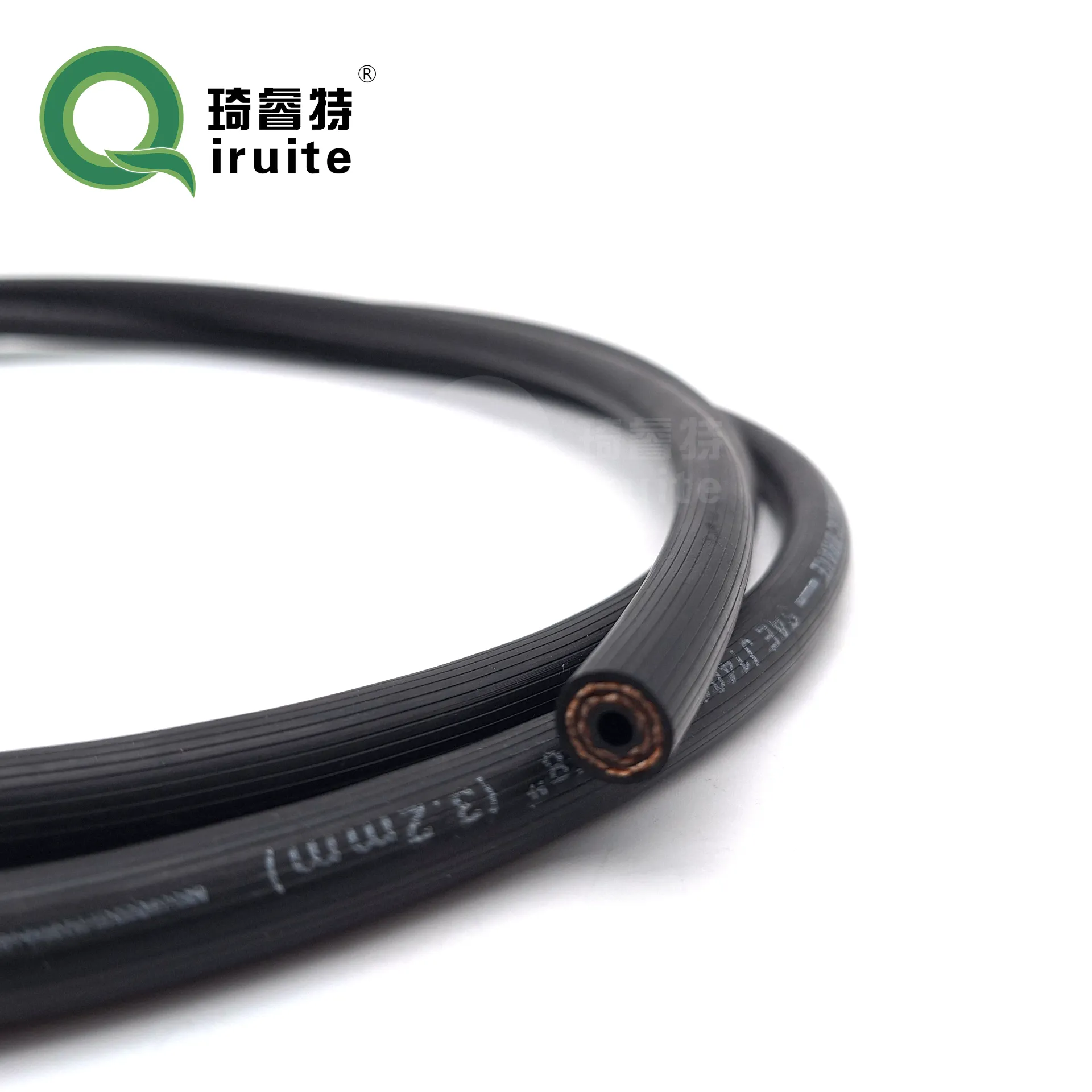R134a Adapter Fittings for Refrigeration and Air Conditioning Systems
Understanding R134a Adapter Fittings Essential Components in Refrigeration Systems
The R134a refrigerant, known chemically as tetrafluoroethane, has been widely used in air conditioning systems, automotive refrigeration, and various cooling applications since its introduction in the early 1990s. One critical component that facilitates the effective use of R134a is the adapter fitting. These fittings play a vital role in ensuring a proper and secure connection between different components of refrigeration systems. In this article, we will delve into the purpose, types, installation, and importance of R134a adapter fittings.
What Are R134a Adapter Fittings?
R134a adapter fittings are specialized connectors designed to enable the secure interface between R134a refrigerant hoses, ports, service valves, and other components within a cooling system. These fittings are engineered to handle the unique properties of R134a, ensuring that there is no leakage while maintaining the necessary pressure required for effective operation.
These fittings typically come in various configurations, sizes, and materials, allowing for compatibility with different systems and conditions. The most common materials used for R134a adapter fittings are brass and aluminum because of their durability and resistance to corrosion, which is critical for long-lasting performance in refrigerant applications.
Types of R134a Adapter Fittings
There are several types of R134a adapter fittings available in the market, each designed for specific applications and functionalities
1. Straight Adapter Fittings These are commonly used to connect two hoses or extend the length of a refrigerant line. They ensure a straight path for the refrigerant to flow, minimizing resistance and potential pressure drops.
2. Elbow Fittings These adapter fittings are designed to create a 90-degree angle in a hose connection. They are useful in applications where space is limited and a direct line is not feasible.
3. Couplers Coupler fittings allow for connecting two refrigerant hoses quickly and conveniently. They often feature quick-release mechanisms, enhancing ease of use during maintenance or when servicing HVAC systems.
4. Service Port Adapters These fittings are specifically designed to connect service tools like refrigerant gauges to the system’s service ports. They facilitate the charging and monitoring of refrigerant levels, ensuring that the system operates within the correct parameters.
r134a adapter fittings

5. Conversion Adapters In cases where older systems use different refrigerants or fittings, conversion adapters allow the use of R134a in these systems by providing compatibility between incompatible connections.
Importance of Proper Installation
The installation of R134a adapter fittings must be done cautiously to prevent any leaks or complications. It is vital to follow these essential steps during installation
1. Ensure Compatibility Before selecting an adapter fitting, verify that it matches the size and type of your refrigerant hoses and ports.
2. Inspect Threads Check the threads on both the fitting and the connected component. They should be clean and free of debris to prevent cross-threading and ensure a proper seal.
3. Use Sealing Compounds Wisely While many fittings come with pre-applied seals or O-rings, using a suitable sealing compound can provide additional security against leaks. However, avoid excessive application, as this can create more issues.
4. Torque Specifications Follow the manufacturer's torque specifications when tightening fittings. Over-tightening can strip threads or damage components, while under-tightening can lead to leaks.
5. Test for Leaks After installation, run the system and check for leaks. Using a refrigerant leak detector or soapy water can help identify any problematic areas that may need re-tightening or further inspection.
Conclusion
R134a adapter fittings are essential components in any refrigeration system using R134a refrigerant. They ensure safe and efficient connections between various system parts, allowing for optimal performance of air conditioning and refrigeration units. Understanding the different types of fittings and adhering to proper installation techniques can significantly impact system efficiency and longevity. As we continue to maintain and develop newer refrigerant technologies, the significance of selecting the right fittings remains a fundamental aspect of effective refrigeration practices.
-
Understanding Power Steering Tube ReplacementNewsApr.16,2025
-
SAE J1401 Brake Hoses: A Critical Component for Vehicle SafetyNewsApr.16,2025
-
Pipe Couplings: Essential Components for Effective Plumbing and Fluid SystemsNewsApr.16,2025
-
Hose Guard Solutions for Every NeedNewsApr.16,2025
-
Effective Spiral Protection SolutionsNewsApr.16,2025
-
Effective Sewer Cleaning SolutionsNewsApr.16,2025

